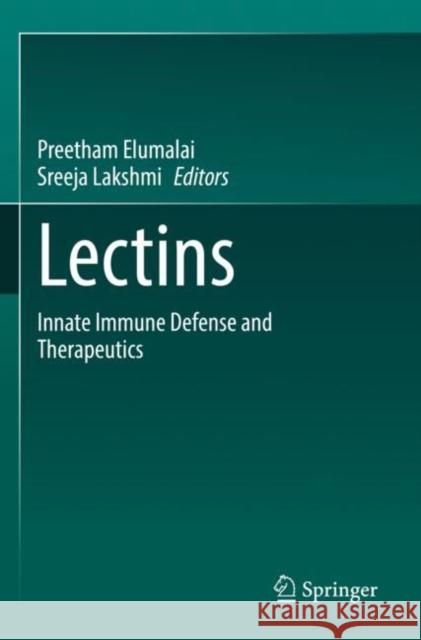Lectins: Innate immune defense and Therapeutics » książka
Lectins: Innate immune defense and Therapeutics
ISBN-13: 9789811674648 / Angielski / Miękka / 2023 / 296 str.
Lectins: Innate immune defense and Therapeutics
ISBN-13: 9789811674648 / Angielski / Miękka / 2023 / 296 str.
(netto: 843,44 VAT: 5%)
Najniższa cena z 30 dni: 848,19
ok. 22 dni roboczych.
Darmowa dostawa!
This book reviews the relationship between receptors, carbohydrate moieties, and pathogenic surfaces and lectins’ pathophysiology of immune responses and examines the mechanisms of action of the molecules for the treatment potentials. Increasing evidence has suggested that lectin-carbohydrate interactions perform important roles in various regulations of immune responses, but much remains to be learned aboutthese crucial properties and their interplay with other molecules. In addition, a better understanding of the structural and functional properties of lectin and the activated immune response will be of critical importance for the development of new diagnostic tools and therapeutic strategies. These key areas are the focus of this book, which documents the latest research findings in the field. Evidence is provided for the various lectin types from animal and plant as well as microbial or marine lectins, and this wide range of molecular knowledge directs us to various diseases, including infectious diseases and cancer. In presenting state-of-the-art knowledge on the interactions between lectin and its interactions,the book will help to pave the way for the development of novel targets for the prevention and treatment of many disorders.
This book reviews the relationship between receptors, carbohydrate moieties, and pathogenic surfaces and lectins’ pathophysiology of immune responses and examines the mechanisms of action of the molecules for the treatment potentials. Increasing evidence has suggested that lectin-carbohydrate interactions perform important roles in various regulations of immune responses, but much remains to be learned about these crucial properties and their interplay with other molecules. In addition, a better understanding of the structural and functional properties of lectin and the activated immune response will be of critical importance for the development of new diagnostic tools and therapeutic strategies. These key areas are the focus of this book, which documents the latest research findings in the field. Evidence is provided for the various lectin types from animal and plant as well as microbial or marine lectins, and this wide range of molecular knowledge directs us to various diseases, including infectious diseases and cancer. In presenting state-of-the-art knowledge on the interactions between lectin and its interactions,the book will help to pave the way for the development of novel targets for the prevention and treatment of many disorders.











